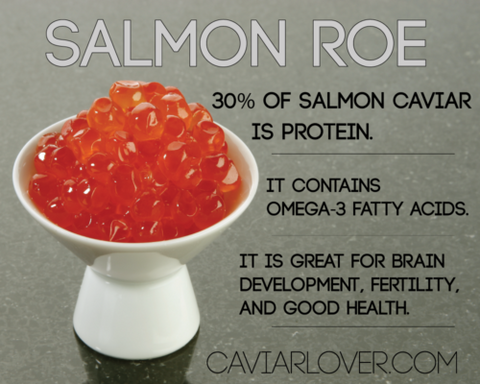The beluga or European sturgeon is a species of anadromous fish in the sturgeon family (Acipenseridae) of order Acipenseriformes. Heavily fished for the female’s valuable roe– known as beluga caviar— the beluga is a late-maturing and huge fish that can live for 118 years. The most similar to the Huso huso beluga is the Huso dauricus kaluga, also referred to as the “river beluga“.
Beluga caviar is caviar consisting of the roe (or eggs) of the beluga sturgeon Huso huso. Beluga caviar is the most expensive type of caviar, with present market prices ranging from $7,000 to $10,000 per 1 kg (2.2 lb) or $200–$300 per ounce.
Harvesting Beluga
The Beluga sturgeon is currently considered to be critically endangered, causing the United States Fish and Wildlife Service to ban in 2005 the importation of Beluga caviar which originated in the Caspian Sea and Black Sea basin. In 2006, the Convention on International Trade in Endangered Species (CITES) suspended all trade made with the traditional caviar-producing sturgeons of the Caspian and Black Seas (Beluga, Ossetra and Sevruga), (Azerbaijan, Bulgaria, China, Kazakhstan, Romania, Russia, Serbia and Montenegro, Turkmenistan, and Ukraine) due to the producing countries’ failure to apply international regulations and recommendations. Caviar from Iran is exempted from the ban. Iran is considered by CITES to practice effective conservation and policing of its fisheries. In January 2007, this ban was partly lifted, allowing the sale of 96 tons of caviar, 15 per cent below the official 2005 level. CITES maintained the 2007 quotas for 2008, drawing criticism for doing little to protect the declining sturgeon population.
The Beluga sturgeon can take up to 20 years to reach maturity. A pearly white variety, called Gawad, taken from a centennial female sturgeon, is the rarest type of Beluga available, with an extremely small production and prices reaching almost 25,000 per kilogram ($39,500 per kg).
Any additions by producers diminish the value of the roe, and the caviar usually reaches the market without any additions or processing whatsoever.
Beluga Behavior
The beluga is a large predator which feeds mostly on fish. Fish up to 40 pound are ingested. They also eat waterfowl and seal pups. Due to its aggressive behavior and large mouth, it is a potential man-eater, but no attacks have been confirmed.
As do many sturgeons, the beluga travels upstream in rivers to spawn. Accordingly, sturgeons are sometimes likened to sea fish; however, most scientists consider them to be river fish.
Size of Beluga
These great sizes mark the beluga as the largest freshwaterfish in the world, and as a rival in size to the ocean sunfish among all extant bony fishes. The Beluga also rivals the Great White Shark, the Greenland shark, and the Tiger Shark for the title of largest predatory fish. The giant belugas are much larger than the Mekong giant catfish or the arapaima.
Beluga of such great sizes are very old (continuing to grow throughout life) and have become increasingly rare in recent decades due to the heavy fishing of this species. Today, belugas that are caught are generally 142– 328 cm (4.66– 10.76 ft) long and weigh 19– 264 kg (42– 580 lb). The female beluga is typically 20 % larger than the male.
Uses of Beluga
Beluga caviar is considered a delicacy worldwide. Beluga caviar has long been scarce and expensive. Its air bladder is said to make the best isinglass.
Endangered Status
IUCN classifies the beluga as critically endangered. It is a protected species listed in appendix III of the Bern Convention, and its trade is restricted under CITES appendix II. The Mediterranean population is strongly protected under appendix II of the Bern Convention, prohibiting any intentional killing of these fish. The United States Fish and Wildlife Service has banned imports of beluga caviar and other beluga products from the Caspian Sea since October 6, 2005 after listing beluga sturgeon under the U.S. Endangered Species Act.
Servicing of Beluga
As with most caviars, Beluga is usually handled with a pearl spoon made of mother of pearl, bone, or other non-metallic material, as metal utensils tend to impart an unwelcome metallic taste to the expensive and delicate roe. Beluga caviar, unlike less expensive varieties, is usually served by itself on toast, whereas other caviars can be served in a variety of ways, including hollowed and cooked new potatoes, on a blini, or garnished with sour cream, minced onion or minced hard boiled egg whites. The higher-grade caviars, including Beluga, usually receive very little embellishment. These items can, however, be served with Beluga to be used as palate cleansers.


